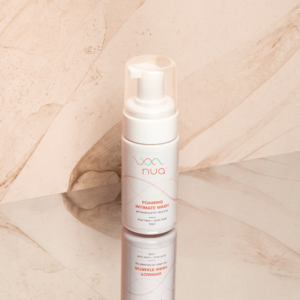Statistically, everyone needs to use the washroom to pee at least once a day. Realistically, experts believe that the average person will urinate 6-7 times in 24 hours. It is not always possible for you to remain in the comfort of your home when you need to urinate, and using a public restroom can be overwhelming for some, especially because they are hotspots for UTIs to develop. For those who have a choice, hygiene and security may be factors that prevent them from being able to use a public washroom.
We understand this problem and have some suggestions that could make using the public washroom a little more comfortable for you, while keeping UTIs at bay.
1. Wipe from front to back
Your rectal region, that is, your behind is a beloved place for E.coli to live in. This is a bacteria that may lead to diarrhea, nausea, etc. By wiping back to front, you are inviting this bacterium to your urethra (where you urinate from) which could cause you to get unwanted infections and UTIs.
2. Do not hold your pee
When you hold your pee for long hours, it becomes a breeding ground for bacteria. Drink as much water as you can and flush out this bacteria whenever your body needs to go. The colour of your pee will tell you whether you’ve been holding it too long: light to pale yellow is ideal, whereas dark yellow indicates high toxicity levels.
3. Improve your flexibility
Sometimes, the sight of a used washroom prevents you from sitting on it comfortably. Hovering can be a great way to use the washroom with minimal skin-to-seat contact. However, in order to stay in a squat position, you need to have strong legs and pelvic flexibility. Make sure you exercise regularly.
4. Don’t sleep after sex
After intercourse, it can be hard to convince yourself to get out of bed. But try and make it a habit to use the washroom right after. This helps rid your genitals of any bacteria you might have picked up from a partner. These aren’t always STDs; they can be UTIs too.
5. Flush
Lastly, always flush after you’ve used the washroom. Your hygiene is as important as the next person’s so try your best to leave the washroom the way you found it for the next user.
These are tried and tested methods, recommended by experts. However, this is in no way a final say on your vaginal health. If you feel discomfort or distress even after trying out our suggestions, do consult a doctor. If you are still uncomfortable with the idea of using a public restroom, that is completely fine! Take a look at Nua’s intimate hygiene products here.
The best hygiene is hygiene that is practiced comfortably.









